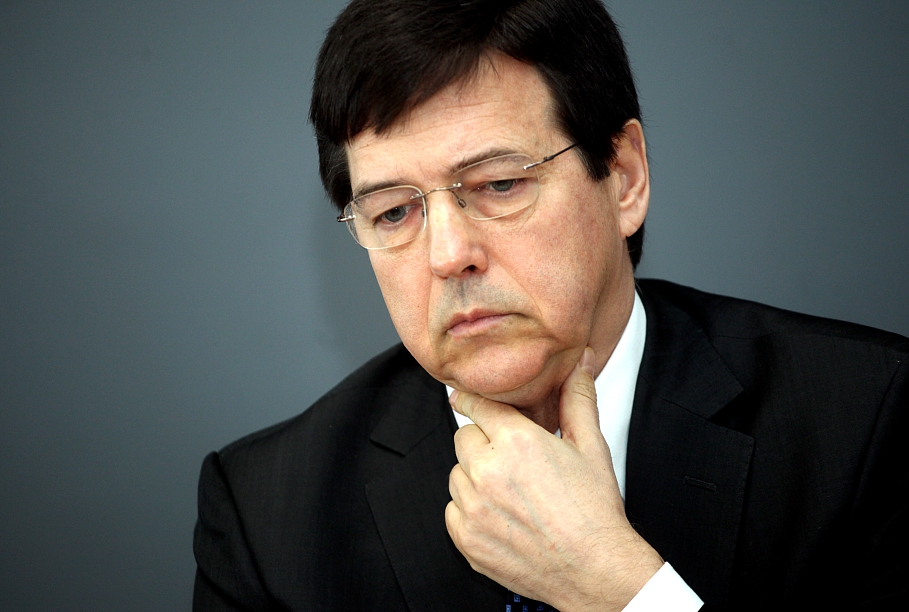
Lukstiņš stated bluntly that it is currently the daily practice of the average driver to exceed 100 kilometers an hour under icy road conditions. He explained that the safety attitudes of Latvia’s so-called ‘chauffeurs’ has sharply deteriorated precisely in the past few years.
Up until 2001 the number of accidents had fallen by 60%, but the strict punitive traffic ticket fines of the time are a forgotten memory of the past for many.
Lukstiņš reiterated the oft-chanted call for all responsible pedestrians to stay visible with reflective vests and outerwear, pointing out that walking along the side of the unlit road in extreme winter conditions is like inviting an inescapable collision, an unnecessarily deadly risk.
He suggested a possible solution to the bizarrely irresponsible behavior in the form of unmarked cars equipped with mobile radars.
To rule out any possibility of corruption, petty as could be, he added that the unmarked patrols could even be charged with issuing tickets to observed and documented traffic safety violators to be administered by the Latvian postal service at leisure.
The constant fluctuation of temperatures between freezing and thawing has caused freak conditions on the nation’s road system since the New Year, with some tragic results already. On the morning of January 13 alone police responded to 57 reports of accidents, many of which had partly or fully blocked traffic on several main highways. But the statistics for the year, yet so young, are already standing at thirteen dead on Latvia’s roads in 2015 with more than a week to go in January.
In the face of the driving populace’s seeming disregard for its own safety the Minister of Transport has ordered the state Road Maintenance Agency to strew preventive de-icing pellets in increased quantities despite its chief’s doubts as to the efficacy of the measure.





























